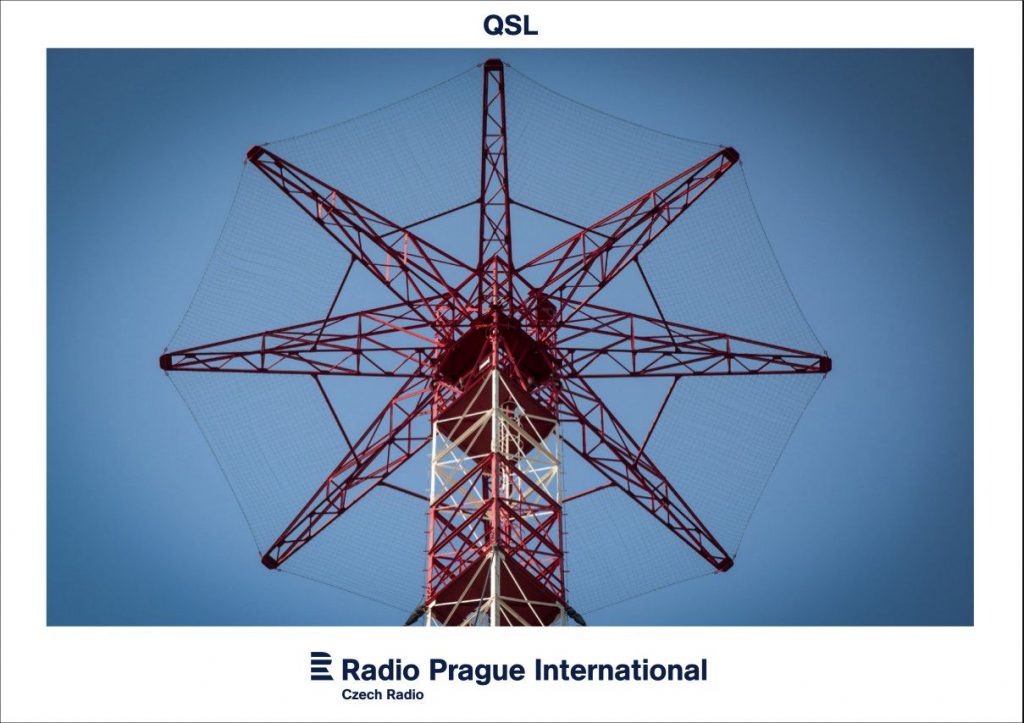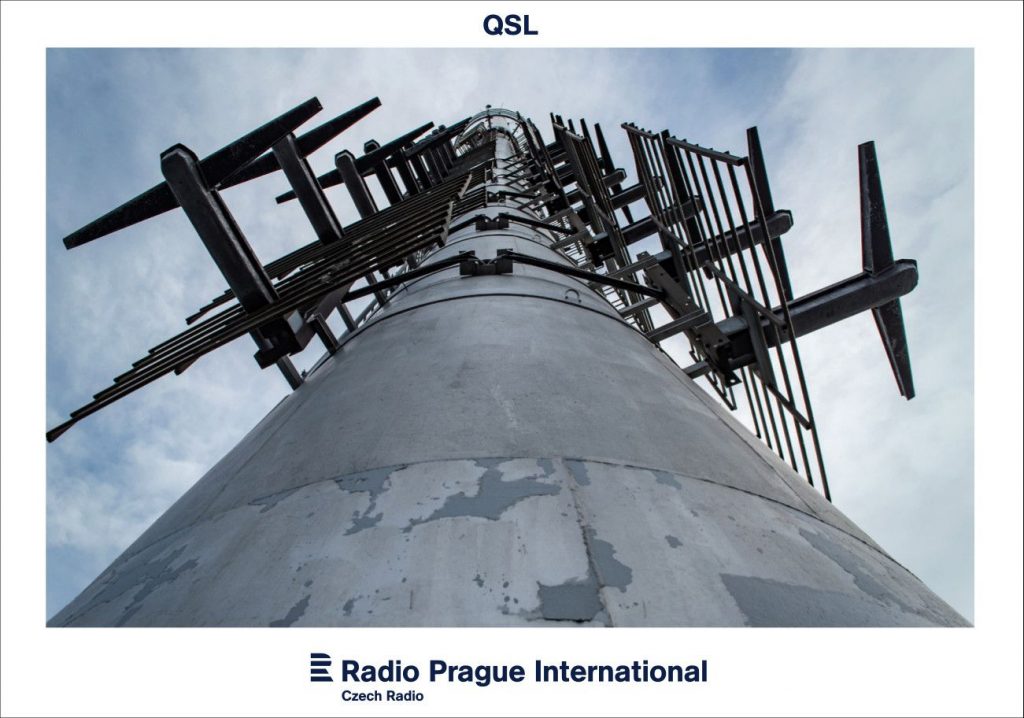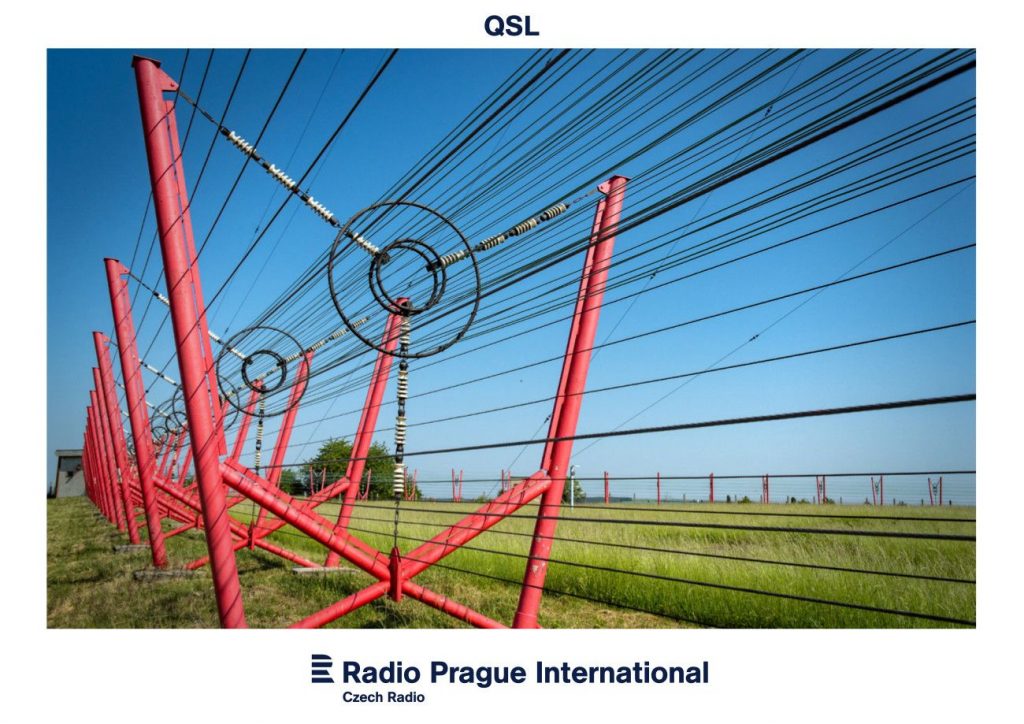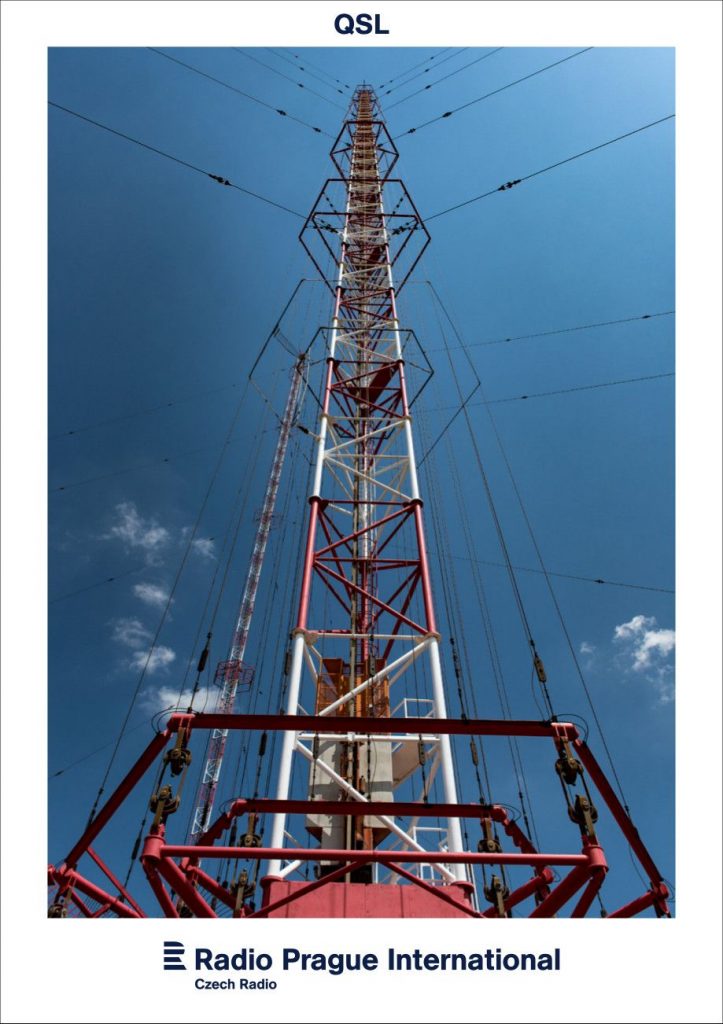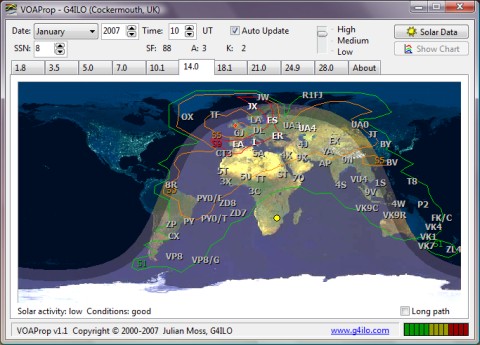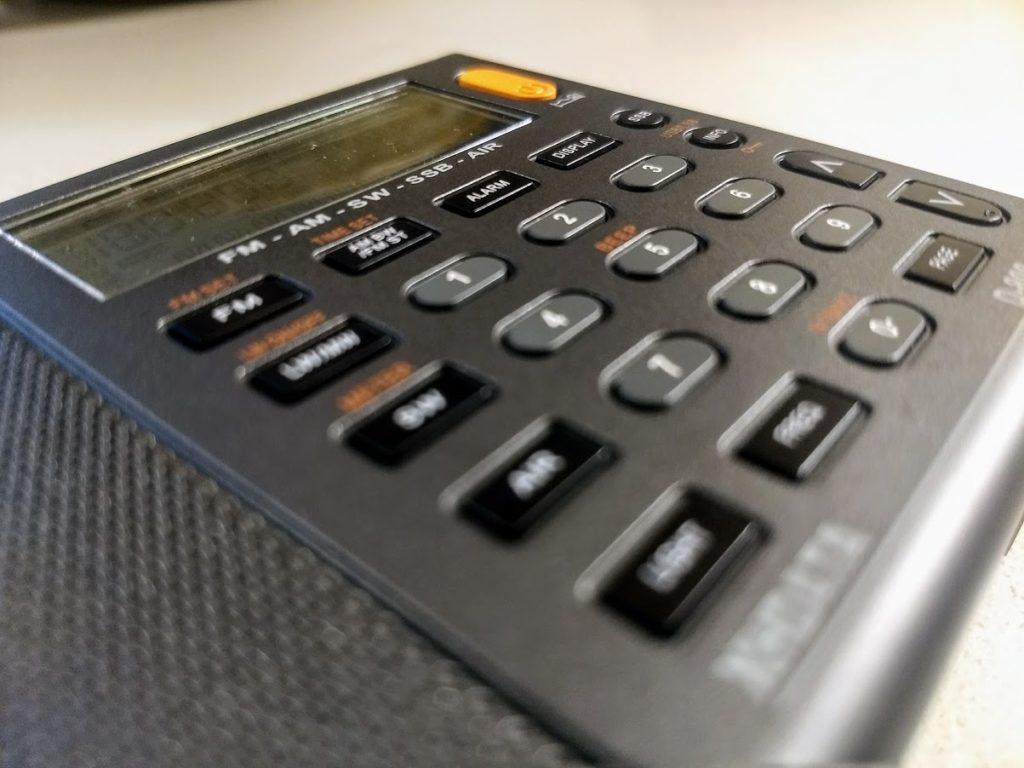Many thanks to SWLing Post contributor, David Iurescia (LW4DAF), who writes:
“These are the new 2020 QSL Cards from Radio Prague International.
The theme of this year is “Transmitters” (Antennas):”(Source: Radio Prague)
The three letters – QSL – constitute one of the codes originally developed in the days of the telegraph. All codes consisted of three letters beginning with “Q”. Later some of these “Q” codes were adopted by radio-telegraphists and radio listeners. QSL means “contact confirmed” or “reception confirmed”.
The expression “QSL card” or just “QSL” gradually came to be used among radio-amateurs and then more broadly as radio began to develop as a mass medium. Radio stations were keen to know how well and how far away their programmes could be heard and began to send their listeners “QSL cards” in return for reception reports. The card would include letters making up the “call sign” of the station – the system still used in the United States – or the broadcasting company’s logo or some other illustration. The card would also include a text stating the frequency and the transmitter output power, and a confirmation of when the listener heard the station.
Domestic broadcasters do not tend to use QSL cards these days, but their popularity remains among radio stations broadcasting internationally. They are still keen to know how well they can be heard in the parts of the world to which they broadcast. In the era of shortwave broadcasts Radio Prague sent out QSL cards for reception reports received. After curtailing our shortwave transmissions as of February 1, 2011 we will continue issuing QSL cards for reception via the Internet.
Here you can look through our current and past series of QSL cards:
- QSL 2019 – Modern architecture
- QSL 2018 – Radio equipment
- QSL 2017 – Means of public transport
- QSL 2016 – Czech religious monuments
- QSL 2015 – Czech industrial monuments
- QSL 2014 – Czech landscapes
- QSL 2013 – Czechoslovak airplanes
- QSL 2012 – Czech painters
- QSL 2011 – Czech castles and chateaus
- QSL 2010 – Czech writers
- QSL 2009 – Czech locomotives
- QSL 2008 – Czech sportsmen
- QSL 2007 – Lookout towers in the Czech Republic
- QSL 2006 – Czech scientists and inventors
- QSL 2005 – Spas in the Czech Republic
- QSL 2004 – The Year of Czech Music 2004
- QSL 2003 – Czechoslovak motor cycles
- QSL 2002 – UNESCO World Heritage Sites in the Czech Republic
- QSL 2001 – Historical Radio Technology
- QSL 2000 – Past and Present of Czech Radio
- QSL 1999 – Historical Radios
- QSL 1998 – Historical Czech Automobiles
- QSL 1997 – Czech Cities
- Historical QSL Cards – We are sorry but these QSL cards are no longer available.
Click here to view all of the new QSL cards from Radio Prague.

